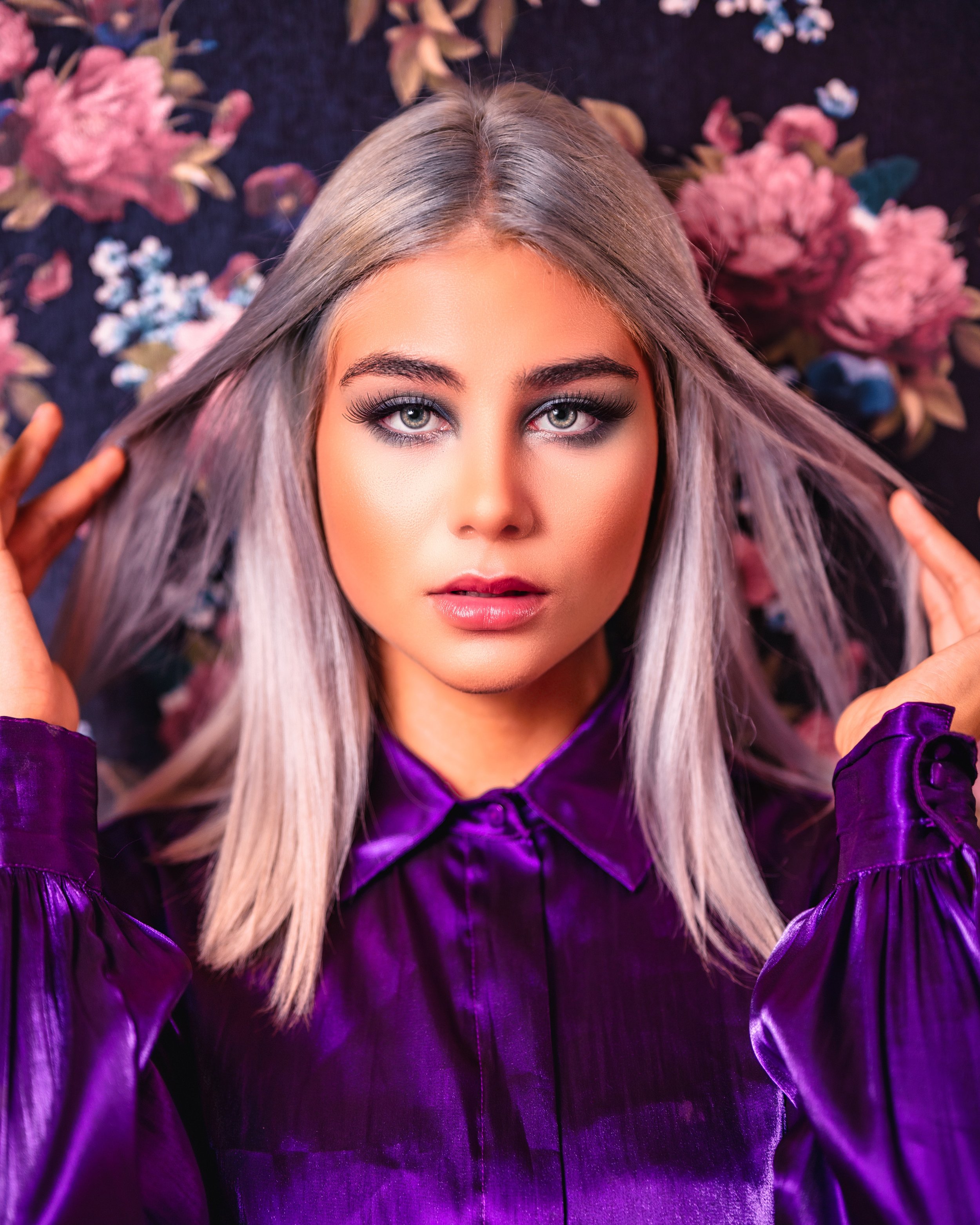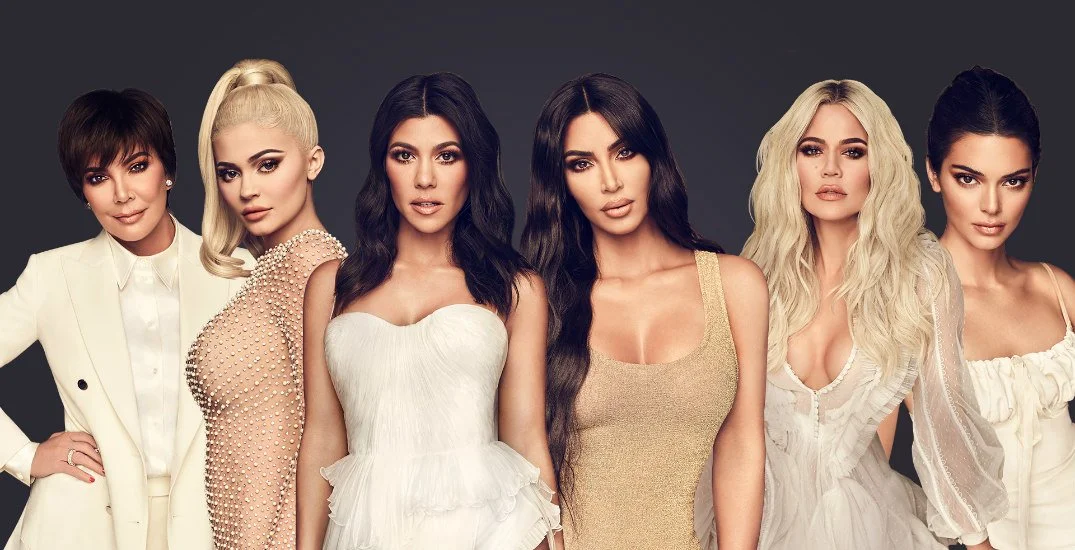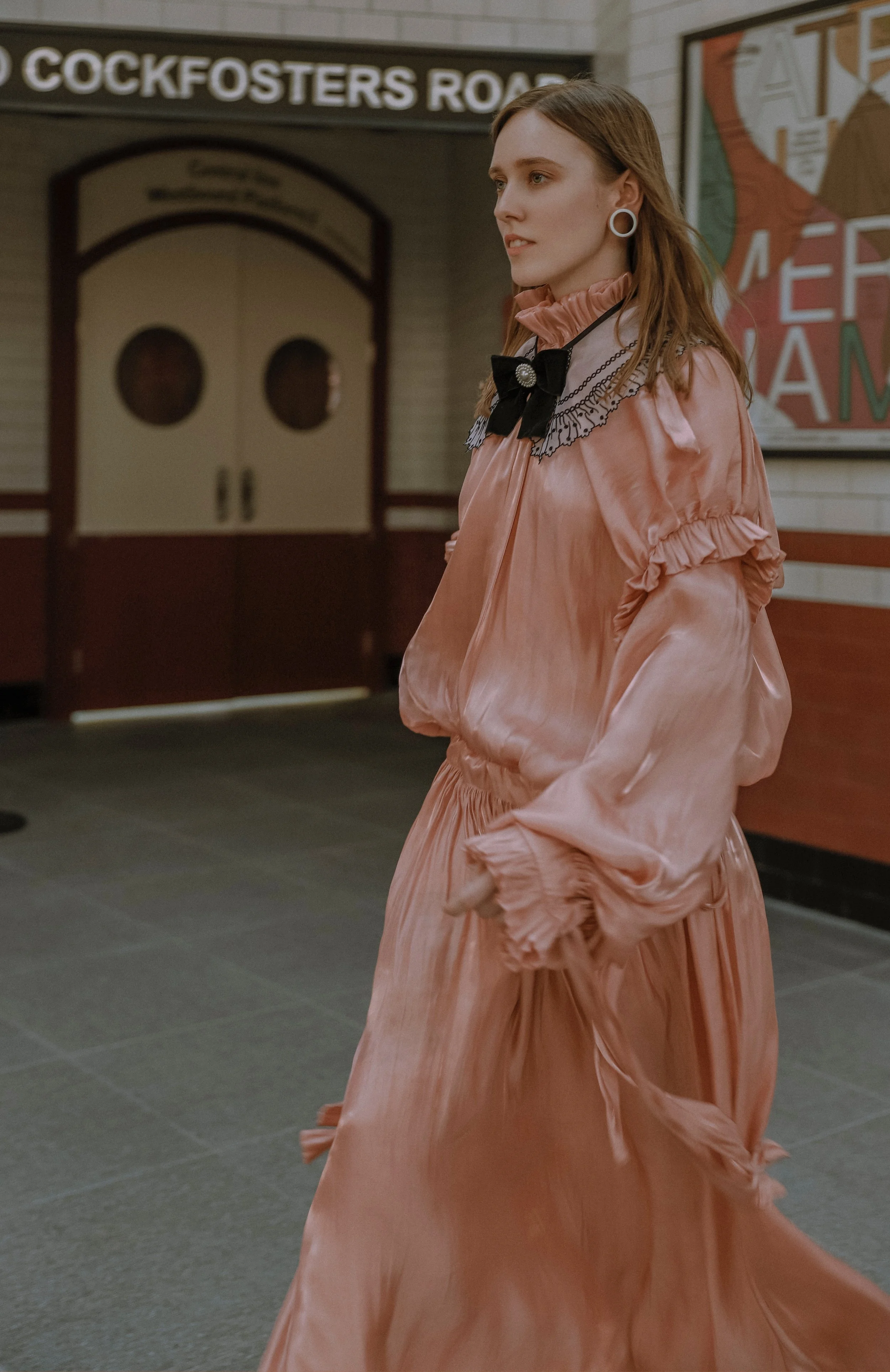Examining Pop Culture Trends: The Y2K Resurgence

Diving into the Y2K revival and what that says about modern fashion trends
Cover Photo by Alonso Reyes on Unsplash
Blink and you’ll have missed it: A fashion culture heavily obsessed with over the top, made for Instagram fashion and the Kardashian empire is ditching the glamorous over done look for the low-waist jeans and baby t-shirts of the 2000s. Anywhere you look, from social media to New York Fashion Week, the fashion of the 2000s have come back with a raging force. Mini skirts “the size of a belt” a la Paris Hilton reigned the catwalk at Miu Miu— the stamp of high fashion designer approval. While the reasons and explanations for Y2K coming back with a vengeance, the resurgence of the skinny fashion of the early 2000s also means a resurgence of the white, fat-phobic beauty ideals at the centre of the entire aesthetic.
For many people, the quintessential Y2K outfits and looks often involve photos of Paris Hilton in mini jean skirts, velour Juicy Couture tracksuits with bedazzled ‘JUICY’ on the bum, Carrie Bradshaw a la Sex and the City, and the infamous g-string thong peeking out of a pair of low waist jeans. The other needed accessory to make Y2K fashion work? An incredibly skinny, white body.
The diet culture of the late nineties and early 2000s were incredibly damaging to many young people who grew up at the time. Programs such as Weight Watchers made millions off of their ads targeting the insecurities of young women. Those who became the face of the late nineties and early 2000s were not the black pioneers and trailblazers of the Y2K style but white owned brands and celebrities that were considered more “palatable”. These two factors both erased the culture Y2K fashion came from and gave people lifelong insecurities and disordered ideas around dieting and fashion. For example if you grew up watching Disney movies and shows, you can easily tell how far this attitude went culturally and which characters were considered “fat” and which were “not”.
Photo by Johannes Zottele on Unsplash
You could ask your friends at what age they were when they started considering a diet, when they started to see summer as “beach body season” and not time off from school to have fun for friends. You could try and recall the first diet ad you saw- whether it was for a zero-calorie cereal, a chocolate bar that promised to be “guilt free”, or an inspiring weight loss infomercial with falsified before and after photos implying that you, the viewer, could also look like this with one simple purchase. You could look at rom com movies from the 2000s and see who is considered the ideal main character deserving of love. These are not values that are somehow separate from society or culture but become deeply imbued in our societal values. White skinny bodies were and are cultural, social currency.
In this, the Kardashian era of the past decade is not that much different. The Kardashian-era of 2010-2020 particularly emphasized voluptuous butts and lips and was even marketed as ‘empowering’ and ‘body-positive’ and led many people to resort to lip fillers and dangerous surgeries like the Brazilian Butt Lift in order to achieve the look. The Kardashian look, or the ‘bbl effect’, is a beauty ideal that is built off the cherry picking of Black culture and features to sell in a neatly watered-down white person. The Kardashians, in particular Kim Kardashian and Kylie Jenner, have made millions off of selling this to people via brand deals, their own businesses, and sponsorships.
Unrealistic body standards and views of beauty have not only ruined generations of people, they’ve also earned fashion and beauty companies hundreds of dollars by promising their consumers that by purchasing XYZ and earned the entire aesthetic industry (fashion, beauty, weightless, plastic surgery, etc.) millions of dollars. Even the body positivity movement, spearheaded by plus sized people in order to both spread awareness about systemic fat phobia and campaign for the acceptance of plus size bodies in all areas of life has been reduced to a shallow interpretation that sells easily by the very corporations that sold fat phobia in the first place.
Keeping Up With The Kardashians, Image from dailyhive.com | Courtesy Hayu
Women’s body parts as trends is nothing new to either the Y2K resurgence or the bbl beauty trend. Preceding right before the Y2K trend was the “heroine chic” fashion of the late nineties in which famous designers favoured and hired models who looked as if they were skinny from taking heroin. With the Brazilian Butt Lift aesthetic, many have taken unprecedented risks to achieve a permanent ideal of a fleeting trend that is one of the riskiest surgeries for a human body to undergo.
Fashion designers and fashion culture in general is inherently complicit to this systematic cycle of trending body parts. Runway couture is an example of this— in which certain models with certain proportions fall in and out of favour as quickly as the wind blows. Fashion designers have also come up with decades of excuses for not being able to design clothes and trends that suit all body types, and it begs one to wonder if these fashion designers and influencers are so creatively limited. After all, considering the millions of dollars in the fashion industry, as well as the fact that the majority of large fashion brands are able to afford the costs of extra fabric and patterns, in 2022 there shouldn’t be much holding them back if not the systematic fat phobia culture that is woven into the fashion industry.
Photo by Sunny Ng on Unsplash
We’ve already seen how fast micro trends go, aided by social media and fast fashion brands. These trends often last six weeks, if not less, and considering how reliant fashion trends are on physical features, it's alarming to think about how quickly people will see their own body features yo-yo in and out of relevancy. While the Y2K is having its own resurgence, many are predicting that the Tumblr aesthetic is coming back, and with that comes its own set of problems with many who were back on the website in its heyday, recalling the rampant pro-anorexia that went hand in hand with the website’s fashion culture.
Kim Kardashian recently revealed that she was so embarrassed over her large bottom, she is rumoured to have had her butt implants melted— the very same implants that made her billions and prompted millions to undergo dangerous surgeries with complications, who can’t afford to do the same if they now regret it. People over the past decades have permanently changed or damaged their bodies all in the pursuit of fashion and beauty ideals that change in less than ten years. Isn’t it time that we move past just critiquing these industries and systems to opting out of trend cycles all together? I’ll admit that as a fashion lover putting that into practice can be hard, particularly when it's not apparent that a new trend is cycling. However, we need to be critical of the industries and cultures within which we participate in— if not to change the entire problems themselves, then to understand how these ideas of fat phobia, erasure of black communities and other minorities contributions and milestones to fashion, and systemic fashion cycles are entrenched in our own minds.
To be able to introspectively examine our own subconscious thoughts and systematic assumptions around fashion culture, we need to start conversations — real conversations — within our circles. By participating in the fashion industry on our own terms, we need to be the ones to continually bring a lens critical of eurocentric beauty standards, historical precedents, and misplaced recognition to our encounters with the industry.
Minh Truong is from Vancouver, BC and is currently finishing up her Communications degree at Carleton University. When not writing, reading, or drinking a chai latte with oat milk (lactose intolerants unite!), you can catch her annoying her very handsome cat. | IG: @minhtruong_







